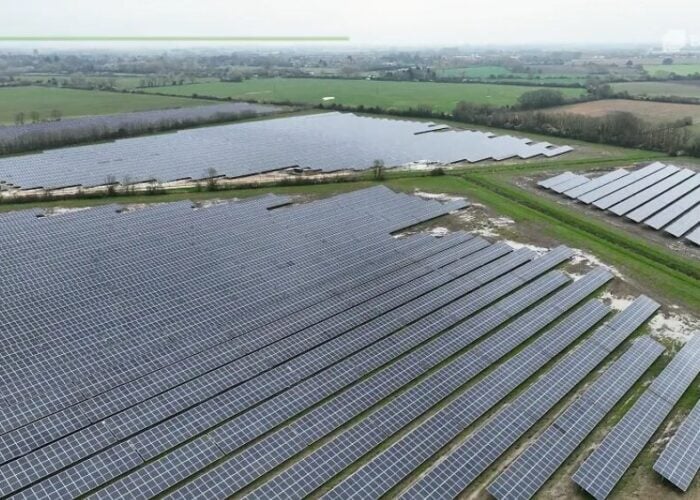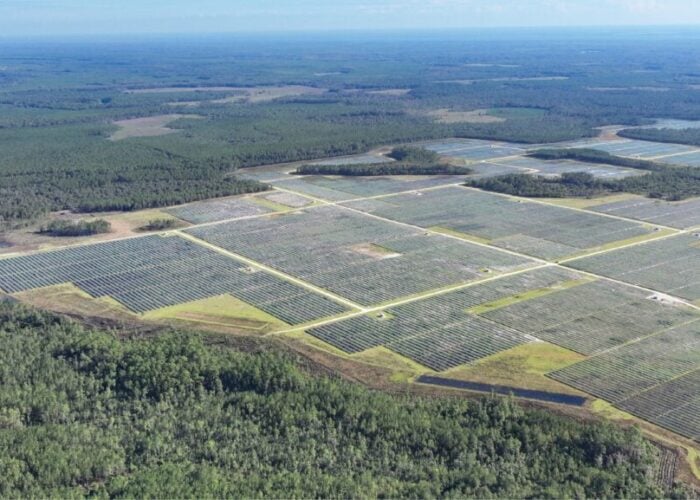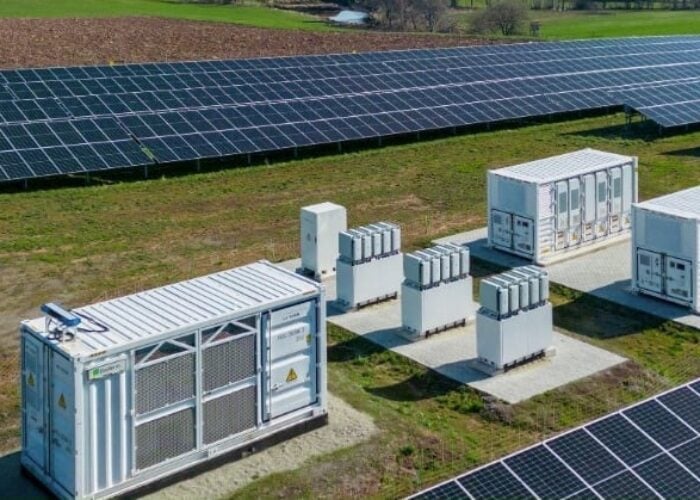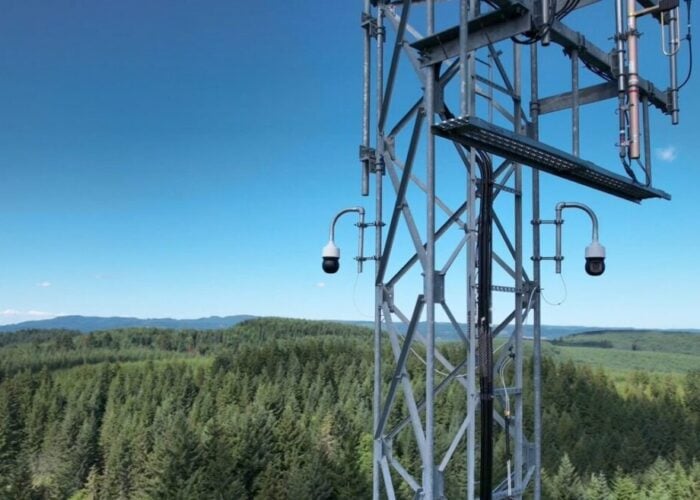According to the US Department of Energy 2012 SunShot Vision Study, 85% of the worldwide PV module market consists of a single product design: 60-cell and 72-cell crystalline silicon glass modules with an aluminum frame. These conventional modules follow a similar design and installation process that satisfies many solar consumers’ needs; however, for sites with weight constraints and high supply chain costs, lightweight modules may be preferable.
The idea of producing lightweight modules is not new. What comes to mind first when people think about lightweight PV is often thin-film PV, which has so far struggled to be competitive with traditional crystalline silicon wafer modules in cost and in efficiency.
Try Premium for just $1
- Full premium access for the first month at only $1
- Converts to an annual rate after 30 days unless cancelled
- Cancel anytime during the trial period
Premium Benefits
- Expert industry analysis and interviews
- Digital access to PV Tech Power journal
- Exclusive event discounts
Or get the full Premium subscription right away
Or continue reading this article for free
The strategy of several new players in the market is to focus on the use of crystalline silicon-based absorbers, while replacing the glass front sheet with a thin transparent polymer sheet and using a back panel for structural stability. By removing the glass and aluminum frame the weight can be reduced by as much as 85% compared to a typical PV module. The lightweight modules developed using this approach have the following benefits:
- A lower module weight enables PV on weight-constrained buildings due to the reduced roof load.
- Transportation costs across the supply chain decrease drastically due to the reduced weight.
- The use of high-efficiency crystalline silicon solar cells leads to a superior power-to-weight performance.
- The fluoropolymer front sheet has typically over 95% optical transparency and lowers the glare, allowing use where glare is a critical safety issue, e.g., in high traffic areas, around airports or military bases.
- Innovative mounting approaches (such as adhesive mounts) minimise roof penetration, reduce the weight of installation even further, are less susceptible to wind loads and are generally more aesthetically favourable to the customer.
Addressing lightweight module durability questions
Despite this set of benefits, before lightweight modules are broadly adopted it is important that module durability questions are addressed. The differences in the structural make-up and assembly of lightweight modules mean that the long-term effect of the design changes on module durability is unknown, which results in market uncertainty.
In today’s market, conventional modules are certified to established standards including IEC 61215 for crystalline silicon modules, IEC 61646 for thin-film modules and IEC 62108 for CPV modules. These qualification tests have the purpose of identifying design, materials and process flaws, which can lead to premature field failures.
These same qualification tests are currently being used to test lightweight modules, and the absence of testing standards that are specifically targeted to lightweight non-glass modules represents a major barrier to market growth. Therefore, more work is needed to determine what changes to the current qualification test protocols are appropriate for lightweight module testing. Below we explore two specific types of tests that should be adapted to account for the differences in lightweight modules.
Stress Testing: A module certification testing protocol must address both degradation and damage caused by potential stresses during installation as well as operation. Specifically, a module durability standard must include testing under typical mechanical loads that the module would experience on a rooftop, as well as the loads experienced during handling and transportation. The threshold parameters for these tests relate in part to module weight and, therefore, are different for lightweight modules compared to conventional modules.
Hail Testing: Many conventional glass modules show no degradation due to the hail test, and if a glass module fails the hail test it is commonly due to the front glass shattering. However, glassless modules cannot shatter. Studies conducted by Saint-Gobain Solar have shown that the module power reduction after the hail impact testing is well below 5%, which is the pass/fail criterion for the power decrease in the IEC61215 standard. Testing by D2Solar that the mechanical impact results in substantial cracking of the c-Si solar cells.
It is unclear whether subsequent field exposure over many years would cause the opening of tightly closed cracks or crack propagation and thus cause further unacceptable power degradation. In order to evaluate whether the hail damage will lead to further power reduction a subsequent thermal cycling sequence on the hail-tested modules should be performed.
At the Fraunhofer Center for Sustainable Energy Systems, researchers are working to address these issues by developing durability and robustness tests specifically designed to assess glassless and frameless module performance. Their work is evaluating vulnerabilities specific to lightweight modules that affect performance in durability testing, including:
- Cracks in solar cells and ribbons due to:
- Potentially increased bending during manufacturing, handling and installation.
- Increased thermally induced stress as the polymer components have higher coefficients of thermal expansion (CTE) than glass.
- Mechanical impact due to hail.
- Corrosion due to increased moisture permeation through the polymeric front-sheet and the lack of a frame.
- Encapsulant degradation due to increased moisture ingress and a higher UV transmission.
Thorough work to establish an appropriate durability standard for lightweight modules is an important next step in supporting this technology’s entry into the market. If the industry can deliver lightweight modules with demonstrated durability, at low cost to the consumer, the PV market will expand even more dramatically.






